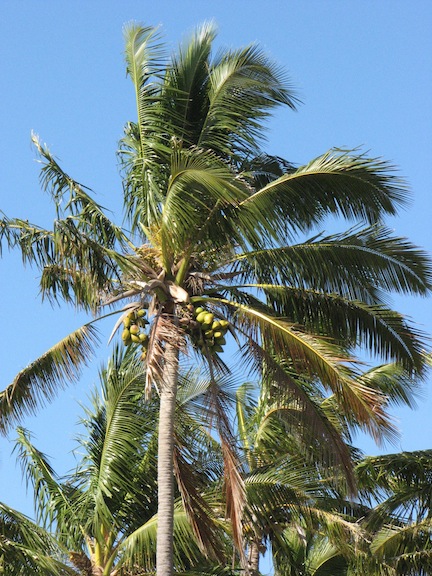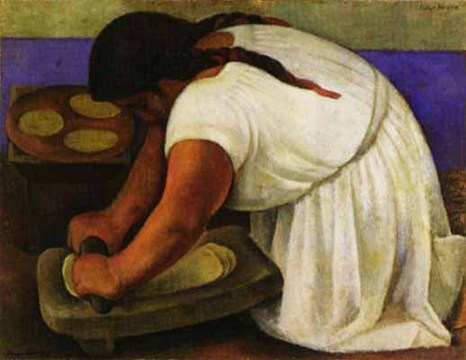Biology and History
inform one another:"Rapid, massive, and not necessarily benign change has crashed back into our minds as a crucial factor in our lives, societies, world, and universe."
Crosby, Germs, Seeds, & Animals. p. 183.
Competitive exclusion | Invasive species | Food stuffs | Women & Labor | Conclusion
The case of Columbus in the Americas, 1492-1517
Is character (behavior, beliefs and faith) or material culture more important to the success of a society, the growth of its population and the cultural materials that it adopts?
"My dour view of the biological side of European imperialism is not, of course, popular with the mass public. . . ."
Crosby, p. 181.
Colonization, and the ecology of invasions can best be explained in history by a biological perspective utilizing: island biogeography, geographical epidemiology, ecosystem theory, and genetics to yield a fuller dimension to the revolutionary and enduring character of the Columbian exchange.The biological factors that explain the "demographic takeover" are:
1,
2,
3,
4,
Competitive exclusion | Invasive species | Food stuffs | Women & Labor | Conclusion
Competitive exclusion principle:
Creatures "must not only excel in the struggle for existence, they must also adapt themselves to meet new conditions and still win out over their competitors."(Storer, p. 98)
"No two species can occupy the exact same niche over time without one giving way to the more adapted or more numerous species."
(Dasmann, pp. 78-79 [1984])
Any exotic species will crowd out a native species when it is introduced and occupies the same niche as the endemic species that it replaces since it lacks predators which prey on the the native species.Competitive exclusion | Invasive species | Food stuffs | Women & Labor | Conclusion

Consider the spread of:
Pigs, Rats, Cattle, Sheep & Goats affected crops and native plants and spread European weeds like blue grass and dandelions, bees, & pathogens.
Crosby, pp. 37-38.
Asian materials, Horses (the steppes), wheat (Iraq), and sugar cane (Papua New Guinea via India)
African materials, gourds, coffee, and Guinea fowl (Chickens)Competitive exclusion | Invasive species | Food stuffs | Women & Labor | Conclusion
Food stuffs, material culture:
Old World
Onions, cabbage, rice, grapes, sugar cane, coffee, wheat, rye, oats, barley, lamb, pork, beef, lentils, peas, garlic, apples, citrus, and truffles.
Corn, potatoes, squash, beans, tomatoes, chiles, cassava or yucca, avocados, cocoa – chocolate, coca, agave, turkey, pineapples, melons, amaranth, tobacco, cotton.
Depicted by Diego Rivera in this painting of a Native American person, a common task of grinding maize into tortillas reveals the importance of women to the stability of Mesoamerican populations.
Competitive exclusion | Invasive species | Food stuffs | Women & Labor | Conclusion
Arabs brought written numbers, alchemy, and algebra, a horse culture, sugar cane, books, fermentation of sugar into alcohol, besides clocks, glass, ceramics. "Greek fire", gunpowder, cannons, silk and paper to Persia and the middle east, north, east and west Africa, southeastern Europe and Spain.
How do you know that both material culture and ideas or beliefs work together to form a society's national character?
Ecological Invasions | Germs, Seeds, & Animals | Crosby: Imperialism
Using character (behavior, beliefs and faith) and three examples or more of material culture explain the important to the success of a society, of food to the growth of a population and the effects of demography on European and Asian nations after Columbus.


.gif)


